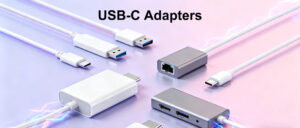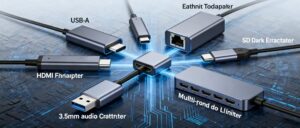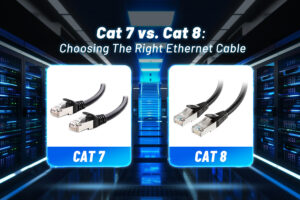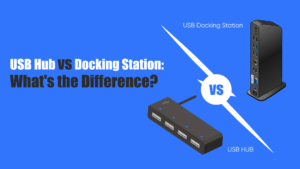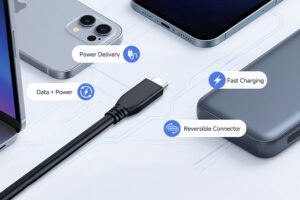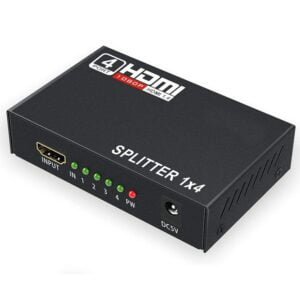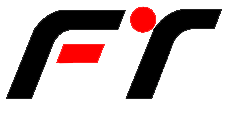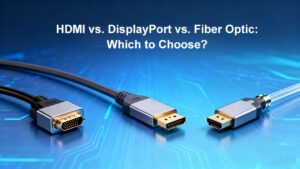
HDMI vs. DisplayPort vs. Fiber Optic: Which to Choose?
In the world of home theaters, gaming setups, and professional workstations, choosing the right connection cable can make or break your audio-visual experience. HDMI, DisplayPort, and fiber optic cables dominate the market—but each shines in different scenarios. Let’s cut through the jargon to find your perfect match. Key Specs Showdown: At a Glance Not all cables are created equal. This table breaks down the critical differences between leading options: Feature HDMI 2.1 (Copper/Fiber) DisplayPort 2.0 Fiber Optic (HDMI/DP) Max Bandwidth 48 Gbps 80 Gbps Up to 80 Gbps Top Resolution/Refresh 8K@60Hz, 4K@120Hz 16K@60Hz, 4K@240Hz Same as base standard HDR Support Dynamic (Dolby Vision IQ)



